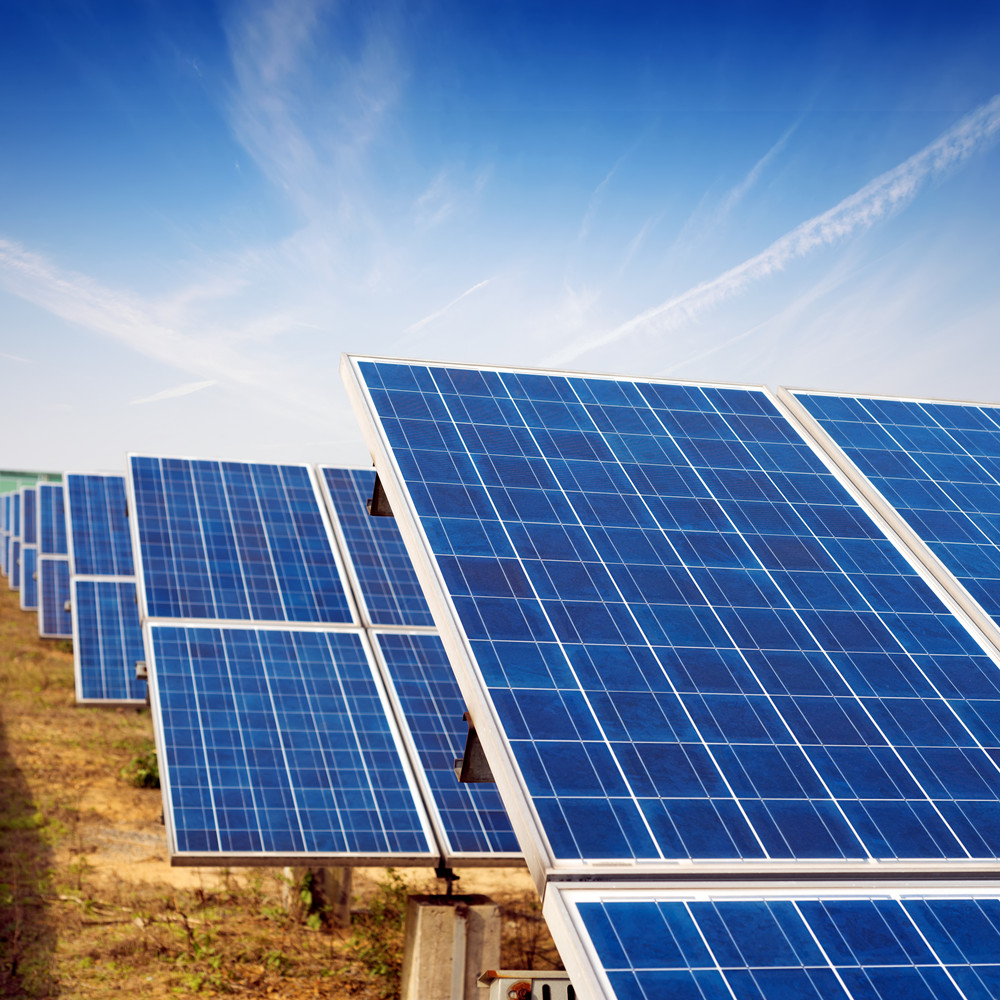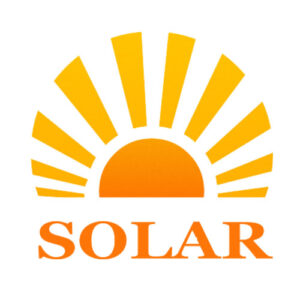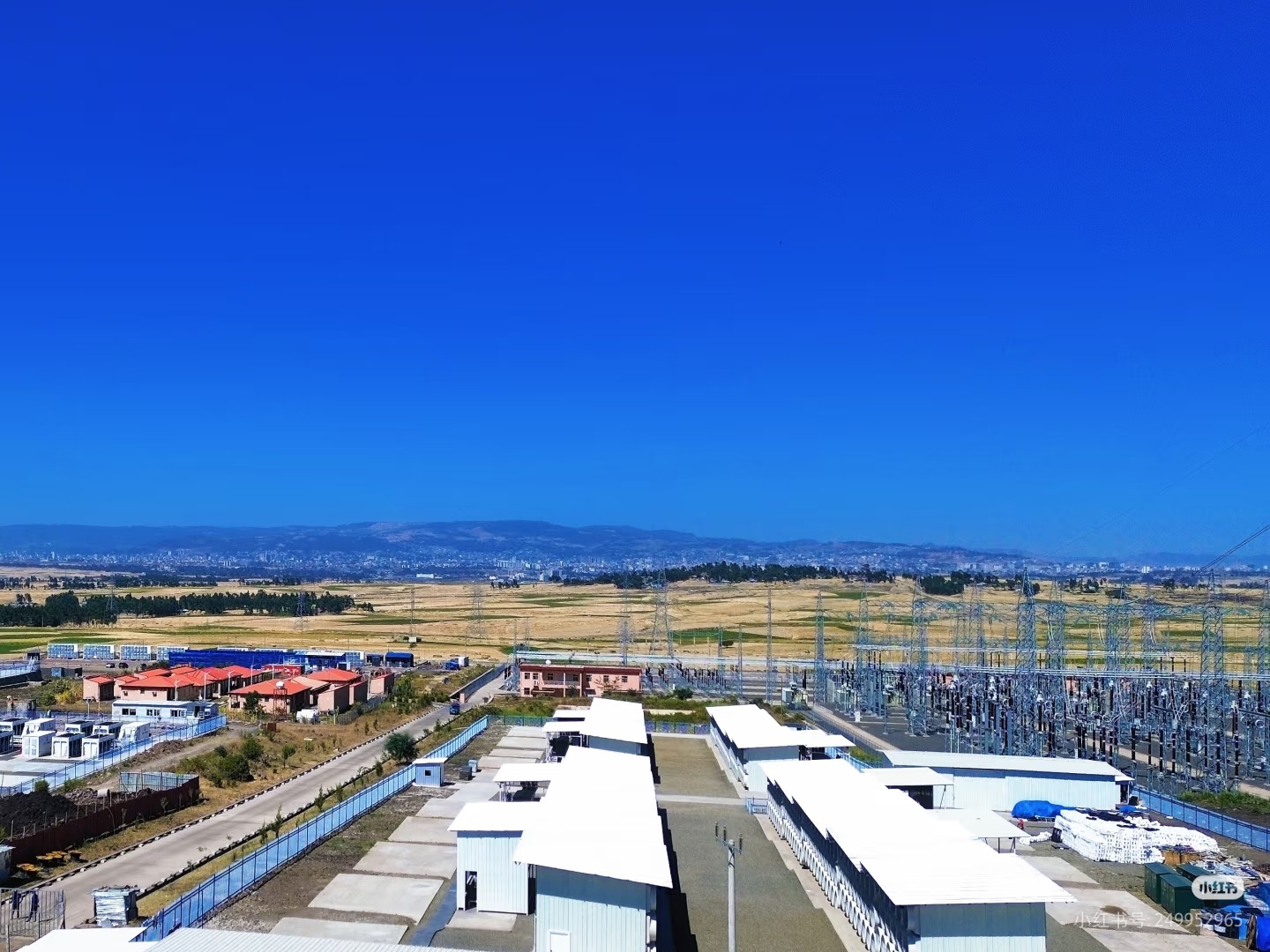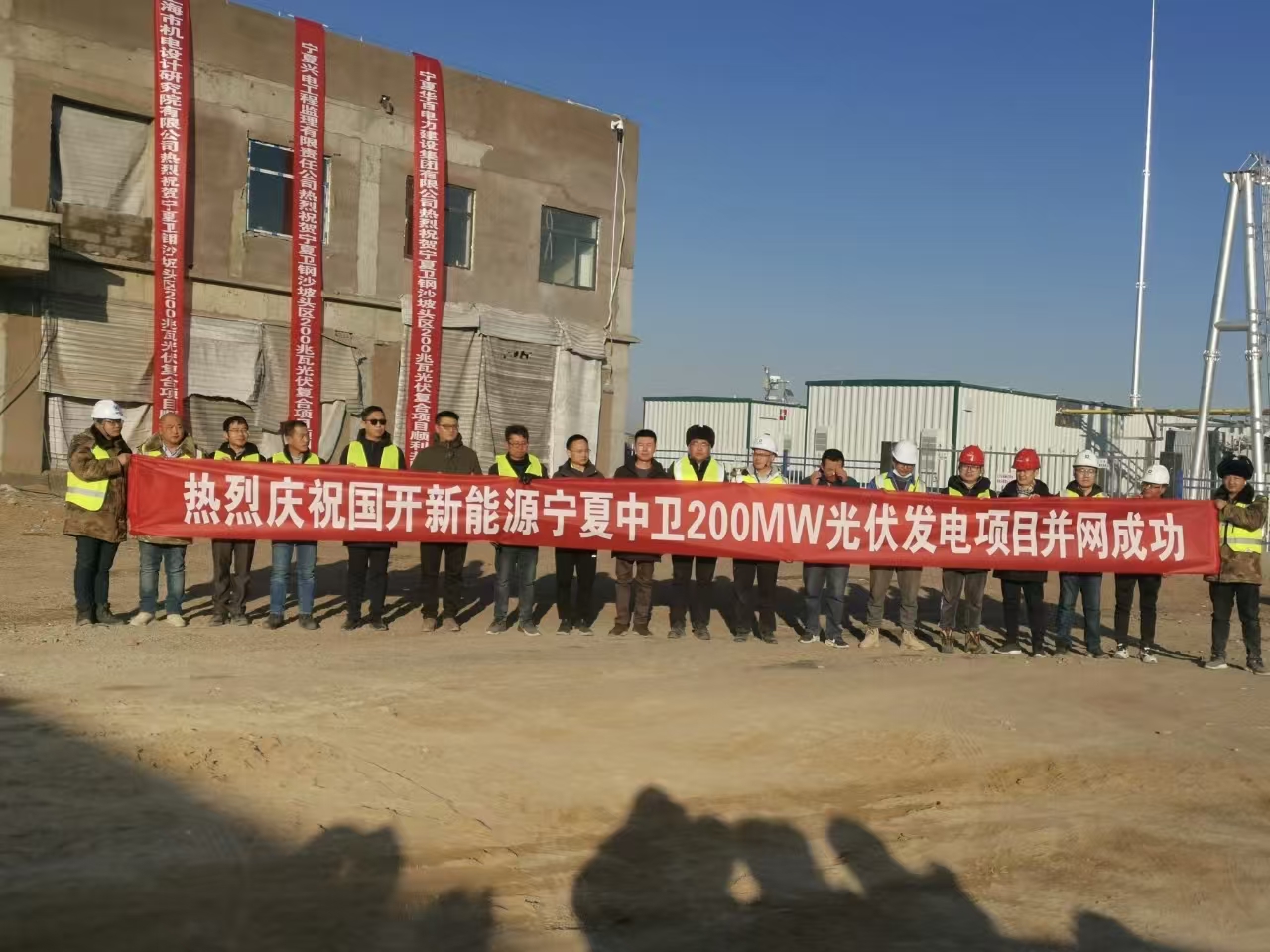Introduction to Solar Power Systems
Solar power generation has become an essential component of renewable energy efforts worldwide. As more regions shift to sustainable energy solutions, solar power plants are emerging as a viable and efficient option. Within the realm of solar power, two main types of systems dominate: solar trackers and fixed solar systems.
Both have their strengths, but a comprehensive comparison can help determine which is the superior option for maximizing efficiency and output. In this article, we will explore solar trackers and fixed systems in detail and explain why solar trackers are often the better choice for large-scale solar power plants.

What are Solar Trackers?
A solar tracker is a mechanical system that automatically adjusts the orientation of solar panels to follow the sun’s movement throughout the day. There are two main types of solar trackers: single-axis and dual-axis trackers.
- Single-Axis Trackers: These trackers move in one direction (usually east to west) to follow the sun’s path.
- Dual-Axis Trackers: These can adjust both vertically and horizontally, allowing them to track the sun more precisely, which results in higher energy capture.
The core advantage of solar trackers is that they can adjust the solar panels’ position to ensure that they are always facing the sun, thereby maximizing the amount of sunlight captured and, consequently, the power generated.
What are Fixed Solar Systems?
Fixed solar systems, on the other hand, have panels installed in a stationary position, usually at a fixed tilt angle. These systems do not move and rely on their position relative to the sun to generate energy. Fixed systems are simpler, requiring fewer components and less maintenance, but they do not capture as much sunlight as trackers since they cannot adjust throughout the day.
Efficiency Comparison: Trackers vs Fixed Systems
When comparing solar trackers and fixed systems, efficiency is often the deciding factor.
Efficiency Gains with Solar Trackers
Trackers can significantly increase the energy output of a solar power plant by keeping the panels at an optimal angle relative to the sun for the entire day. This results in up to 25-35% more energy generation than fixed systems, especially in areas with high sun exposure.
- Increased energy capture throughout the day: Solar trackers adjust throughout the day, ensuring that panels capture sunlight from dawn to dusk, leading to a more consistent and higher energy yield.
- Better performance in low-sunlight hours: Trackers maintain the panel’s optimal angle during early mornings and late afternoons, times when fixed systems might lose energy efficiency.
Limitations of Fixed Solar Systems
While fixed solar systems are reliable, they cannot adjust to the changing position of the sun. This results in a loss of energy potential, particularly during midday when the sun is at its peak angle. Over the course of a year, this means that fixed systems capture less energy compared to trackers.
Costs and Investment Analysis
One of the main reasons some solar projects still opt for fixed systems is the initial cost. Fixed systems generally have lower upfront installation costs because they are simpler to install and require fewer moving parts.
Upfront Costs of Solar Trackers
Although solar trackers have higher initial costs due to the need for additional components and installation labor, the return on investment (ROI) over time can be more favorable. Trackers provide more energy output, which leads to faster payback times and higher overall returns, especially for large-scale solar plants.
Costs of Fixed Solar Systems
While fixed systems are cheaper to install initially, the lower energy yield means it will take longer for the system to pay off. Over the life of the system, solar trackers typically offer a higher ROI, despite their higher initial costs.
Land Usage and Space Optimization
When considering land use, solar trackers are far more efficient at utilizing available space.
Space Efficiency with Trackers
Solar trackers allow panels to move throughout the day, which means that fewer panels can cover more land area while generating more power. In essence, trackers enable greater energy production per square meter, making them ideal for land-scarce regions.
Fixed Systems and Land Utilization
Fixed systems, by contrast, require more land to produce the same amount of energy as a tracker-based setup. For large solar power plants where land is expensive or limited, the additional land usage can be a significant disadvantage.
Durability and Maintenance
While trackers have more moving parts and are therefore potentially more prone to wear and tear, they are built to withstand tough conditions and can be durable with proper maintenance.
Durability of Solar Trackers
Regular maintenance is necessary to ensure that the moving parts of the trackers operate efficiently. However, when maintained properly, solar trackers can last for 25-30 years with a relatively high level of energy production.
Durability of Fixed Solar Systems
Fixed systems have fewer moving parts, which means they generally require less maintenance. They are also more robust and can handle harsh weather conditions without needing much attention, making them a good option for areas with minimal service infrastructure.
The Environmental Impact of Trackers vs Fixed Systems
Both solar trackers and fixed solar systems provide significant environmental benefits by generating renewable energy. However, the efficiency of trackers means they can produce more power using less land, reducing the overall environmental footprint per watt of energy produced.
Sustainability Benefits of Trackers
Since solar trackers increase efficiency, they allow solar plants to generate more energy without increasing their land footprint. This makes them an attractive option for reducing the environmental impact of large-scale solar projects.
Environmental Considerations for Fixed Systems
Fixed systems, although energy-efficient, require more land to generate the same amount of energy, which can lead to greater habitat disruption and land use.
Conclusion: Why Solar Trackers are the Future of Solar Power Plants
In conclusion, solar trackers provide a superior solution for maximizing energy production, optimizing land use, and improving overall efficiency. While they come with higher upfront costs and slightly more complex maintenance needs, their long-term advantages far outweigh the drawbacks, making them the better choice for solar power plants aiming for maximum output and profitability.
Future Trends in Solar Tracker Technology
Advancements in tracker technology, such as automated monitoring systems, are expected to further increase the efficiency and longevity of solar trackers, making them even more cost-effective and environmentally friendly in the coming years.
Frequently Asked Questions
1. Are solar trackers more expensive to install than fixed systems?
Yes, solar trackers have a higher initial installation cost due to additional components and labor, but they offer higher energy yields, leading to faster payback periods.
2. How much more efficient are solar trackers compared to fixed systems?
Solar trackers can increase energy capture by 25-35% compared to fixed systems, making them a more efficient option for large-scale solar plants.
3. Can solar trackers work in cloudy or low-light conditions?
Solar trackers still work in low-light conditions but perform best when there is ample sunlight. Their efficiency is maximized in sunny environments.
4. Do solar trackers require more maintenance than fixed systems?
Yes, because they have moving parts, solar trackers require more maintenance than fixed systems. However, with proper care, they can remain highly efficient for decades.
5. Can solar trackers be used in all climates?
While solar trackers perform best in temperate and sunny climates, they can also be adapted to harsher climates with appropriate weather-resistant features.
6. Why are solar trackers considered environmentally beneficial?
Solar trackers maximize energy production while reducing the land needed for solar energy generation, thereby decreasing the environmental footprint of solar plants.






